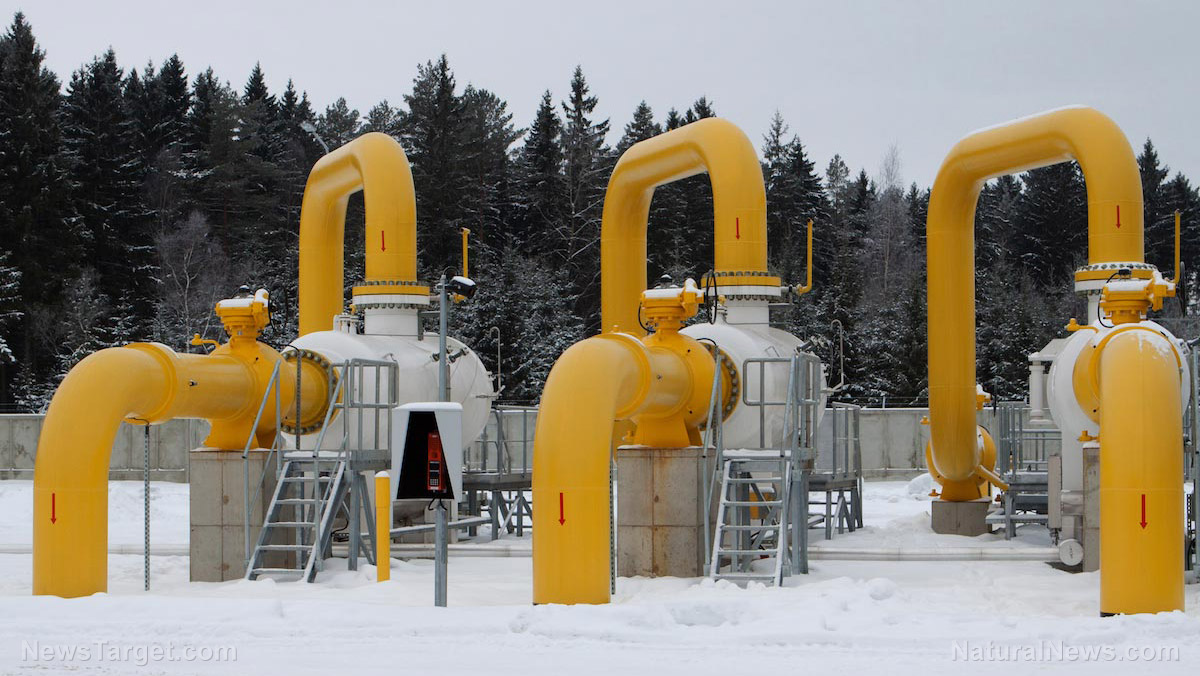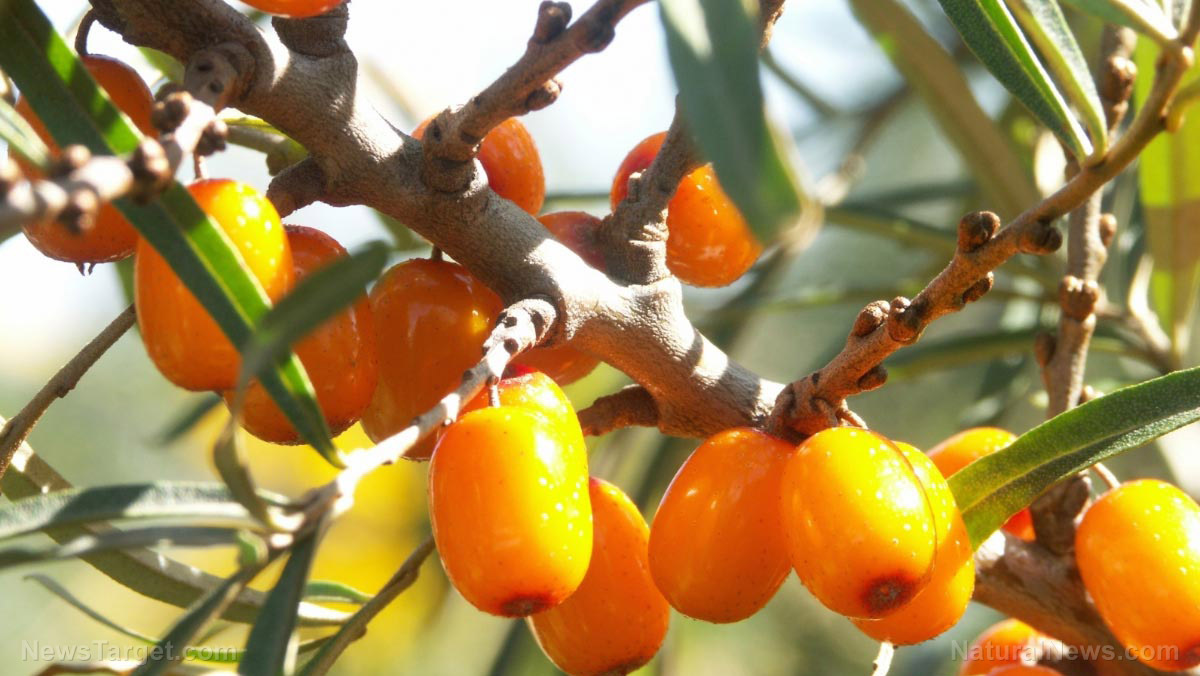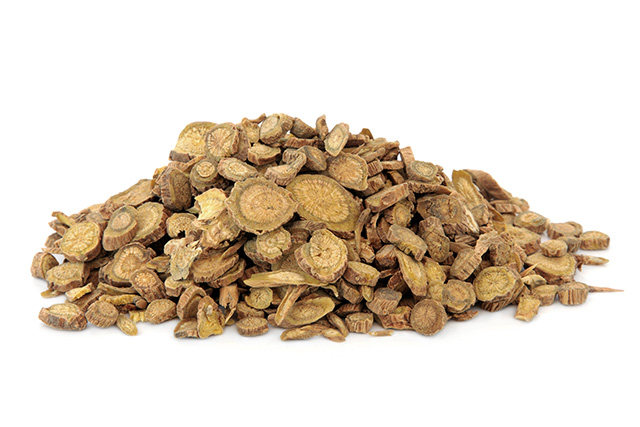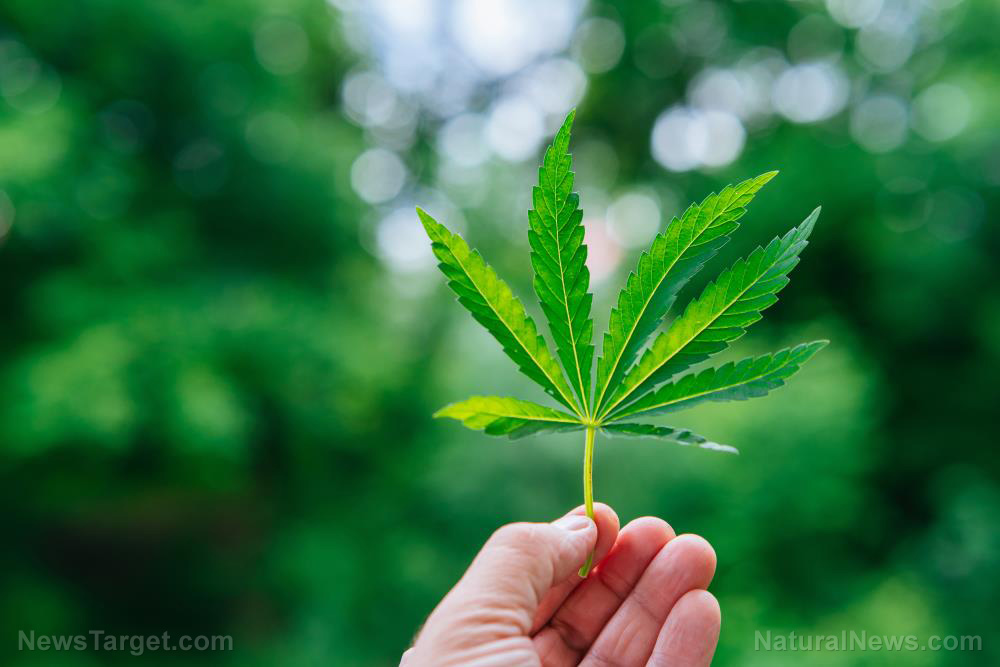America’s search for fresh water goes in too deep
04/30/2020 / By Arsenio Toledo

Groundwater sources all over the United States are going dry, and new wells are being dug deeper and deeper to try and find more water. However, advocates are concerned that drilling deeper for water isn’t the solution.
Researchers Debra Perrone and Scott Jasechko from the University of California, Santa Barbara (UC Santa Barbara) published the first ever comprehensive account of groundwater wells across the United States. Their analysis involved data gathered from nearly 12 million wells all over the contiguous 48 states, with records that stretch as far back as several decades. According to Perrone, they spent four years collecting and quality-assuring all their data sources before publishing their work in the journal Nature Sustainability.
“What we’re finding is that in places where water levels are declining, some people are drilling deeper, maybe to avoid having their primary water supply go dry,” said Perrone.
“Regardless of the reasons why Americans are drilling deeper, we suggest that deeper well drilling is an unsustainable stopgap to groundwater depletion.”
The problems with drilling deep for water
Perrone and Jasechko laid out four major factors that explain why drilling deeper for water isn’t the solution. Firstly, it takes a lot of investment and energy to drill deeper and deeper and to pump the water from its underground source into the well. Secondly, deeper levels of rock aren’t very conducive to groundwater extraction.
Lastly, groundwater gets saltier the deeper it’s found, potentially making it costly to treat the extracted water. In many regions across the country, there’s a floor to how deep a drill can go until it becomes too unproductive to be worth the investment. (Related: New Washington state bill takes aim at bottlers looking to tap local water supplies.)
However, Perrone and Jasechko pointed out that drilling for water is important, especially for rural communities where groundwater is a crucial resource. But their data showed that rural sources of groundwater are the most vulnerable to deeper and deeper water extraction.
Furthermore, rural communities are less likely to have the capability to upgrade their groundwater infrastructure to further support their drinking needs, as well as the water they need for irrigation.
Proper governance and management needed to maintain freshwater levels across the country
Perrone and Jasechko are hoping that their data will help policymakers improve the way the country manages its groundwater resources. “So we know people are going deeper,” said Perrone. “And let’s make sure that we protect the quality of that deep groundwater.”
The hope is for government authorities and policymakers to become a lot more conscientious about how the groundwater is used, monitored and regulated. Further research is already being done on how to manage groundwater recharge, or the way surface water travels farther down the earth to become groundwater, refilling aquifers. Learning how to use aquifers in a sustainable fashion can help rural communities and other less affluent areas across the United States from resorting to deeper, costlier and more dangerous drilling for water.
Perrone and Jasechko’s work is crucial since, as their previous research has found, there may be less usable groundwater in the United States than previously thought. They and their colleagues plan to do more research in the future to look at possible legal frameworks that policymakers and activists can use to manage the withdrawal of groundwater.
Their goal is to understand what types of laws are being passed in many states across the western United States that have to do with sustainable management of groundwater withdrawal.
“There’s many ways to manage groundwater better,” said Perrone, “and one way is to improve our water laws.”
Sources include:
Tagged Under: clean water, conservation, environment, groundwater, research, water conservation, water drilling, water waste, water well
RECENT NEWS & ARTICLES
COPYRIGHT © 2017 RESEARCH NEWS




















